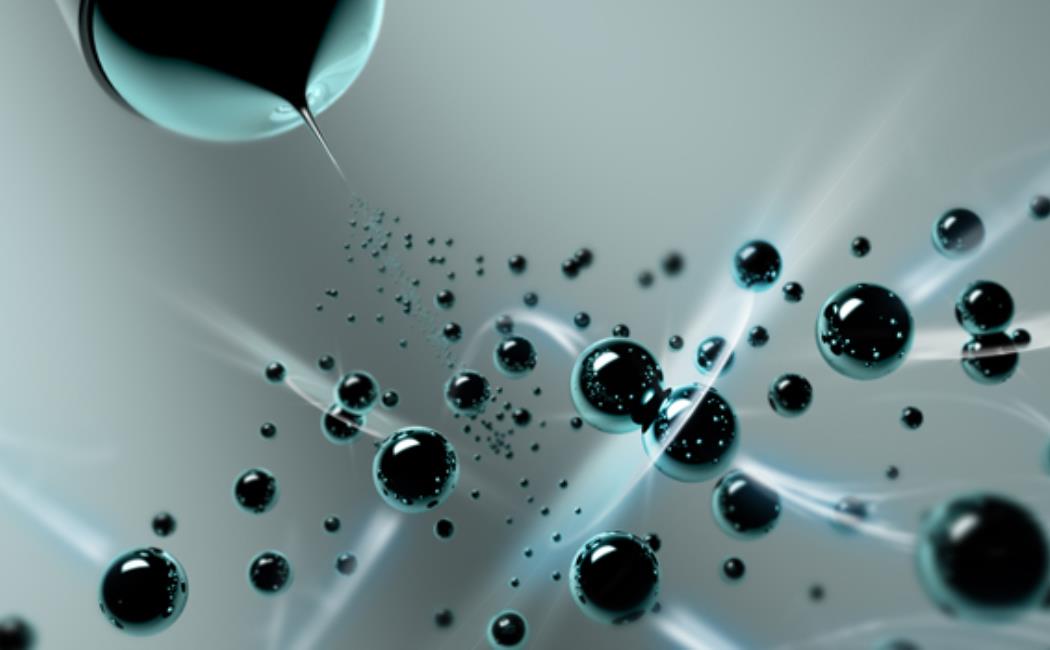
Probing water's skin
28 February, 2019
From the wind-whipped surface of the open ocean, to trillions of tiny water drops in clouds, the air-water interface—water's skin— is the site for crucial natural processes, including ocean-atmosphere exchange and cloud acidification. The air-water interface has even been postulated as the cradle of life. However, factors such as its subnanometer size and dynamic nature, render the investigation of interfacial wanter a daunting task.
In recent years, researchers have investigated the air-water interface using electrosprays of water: fine sprays produced by applying greater than 5000 V to water solutions passing through a metallic capillary. Traditionally, electrosprays have been used to study ions in the gas phase. Using electrosprays, researchers have suggested that the surface of mildly acidic water behaves as a highly reactive superacid. But the debate remains whether the air-water interface at mild pH can really behave as a superacid.
Now, KAUST researchers led by Himanshu Mishra have employed complementary techniques to disentangle purely interfacial effects from electrospray-specific effects.
Click here to read the full story
Image: KAUST researchers have used complementary techniques to disentangle purely interfacial effects from electrospray-specific effects.
KAUST; Ivan Gromicho